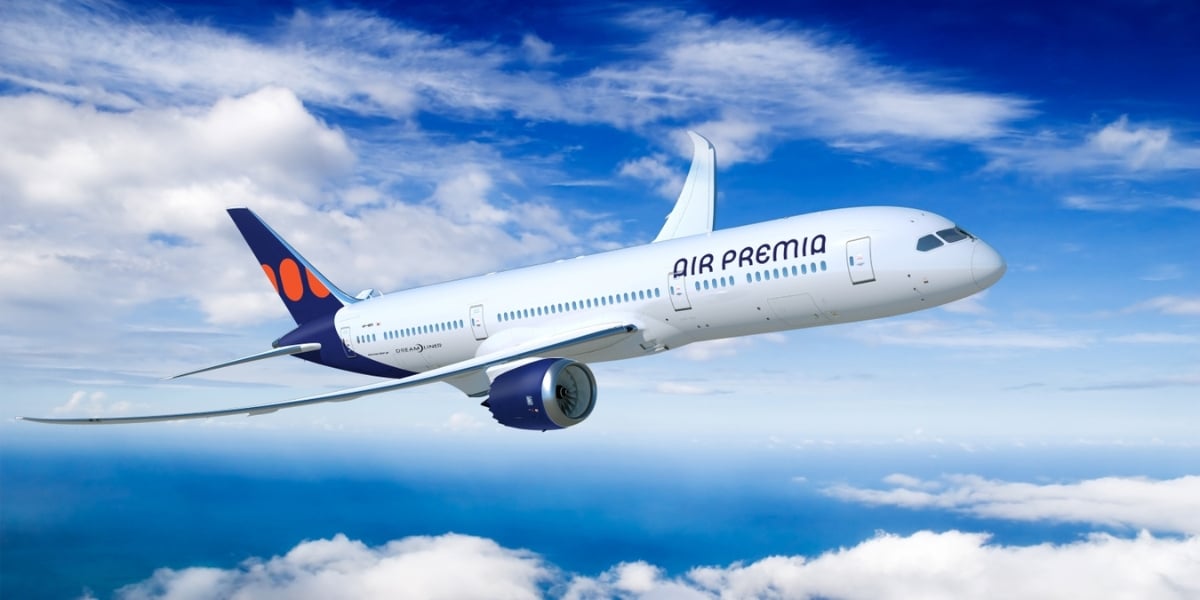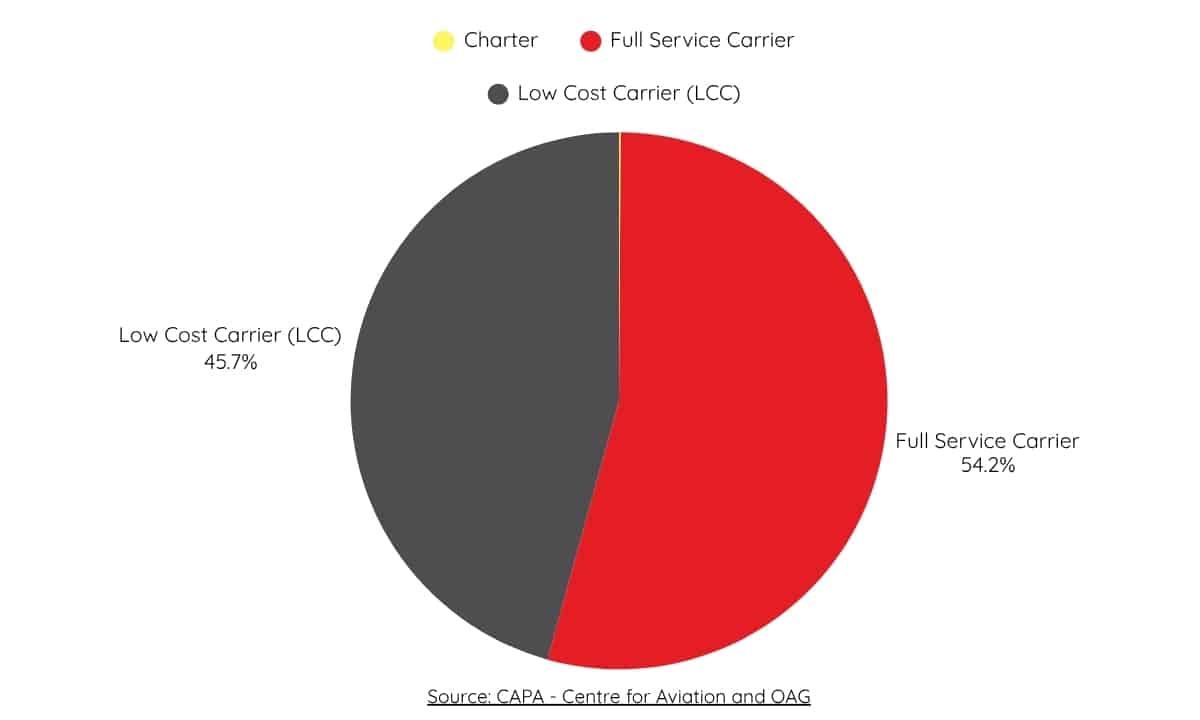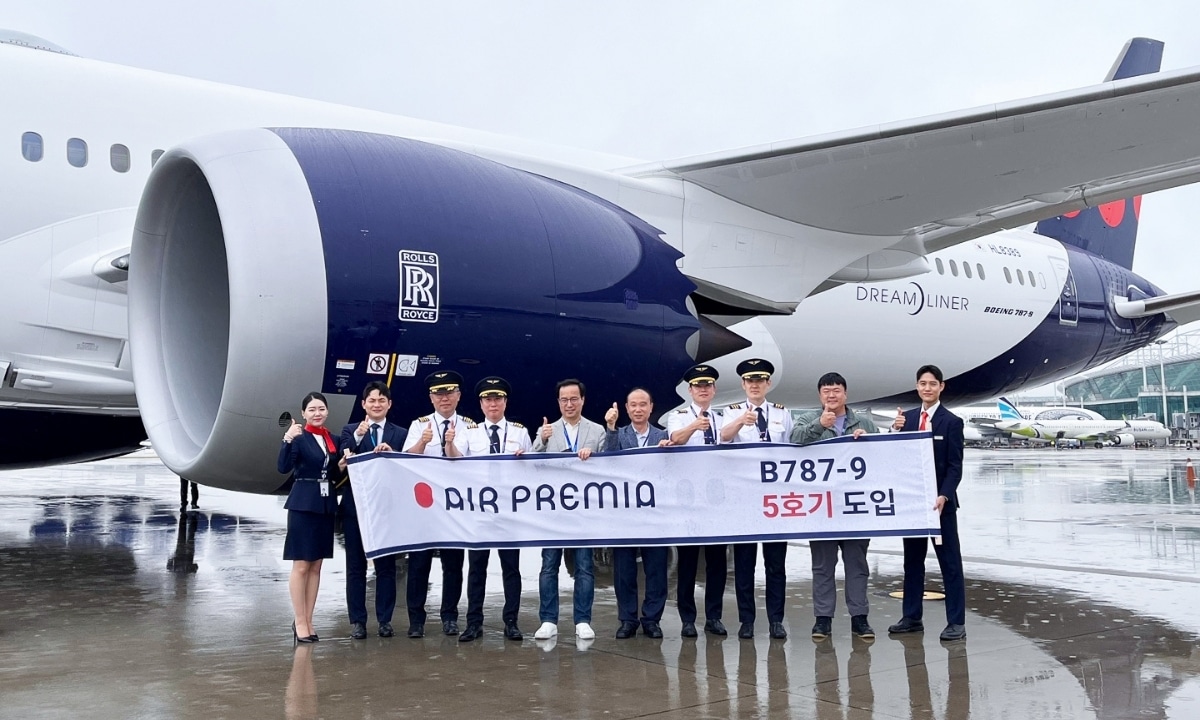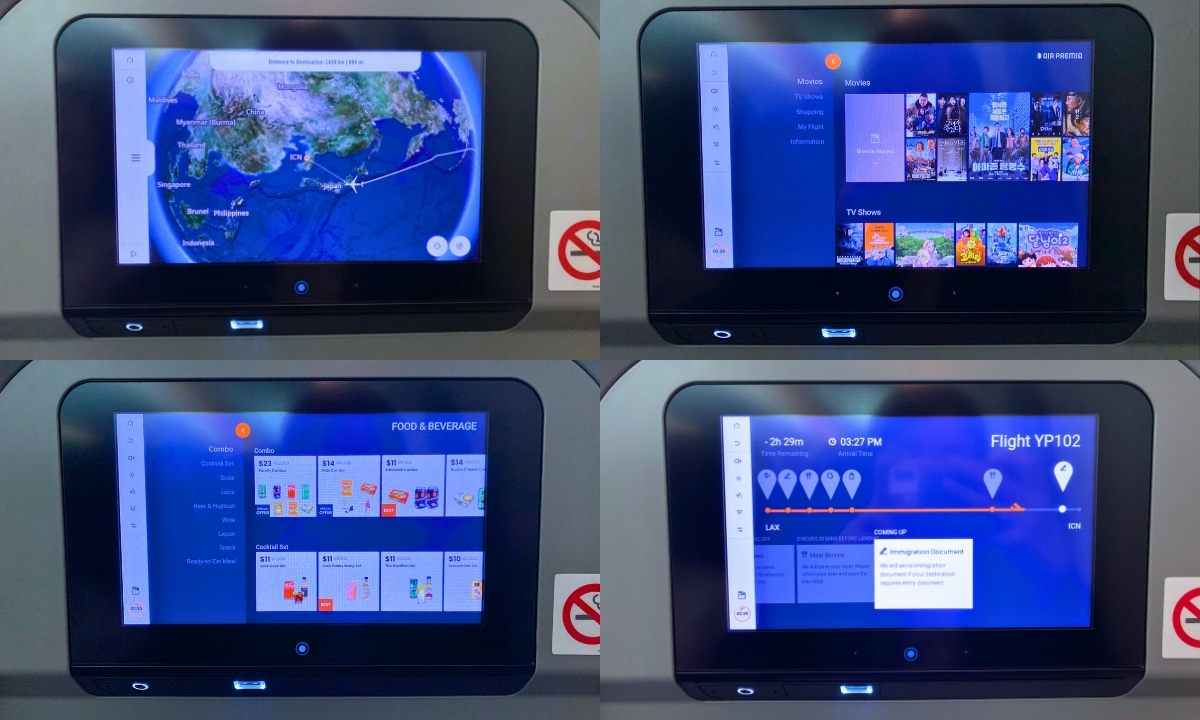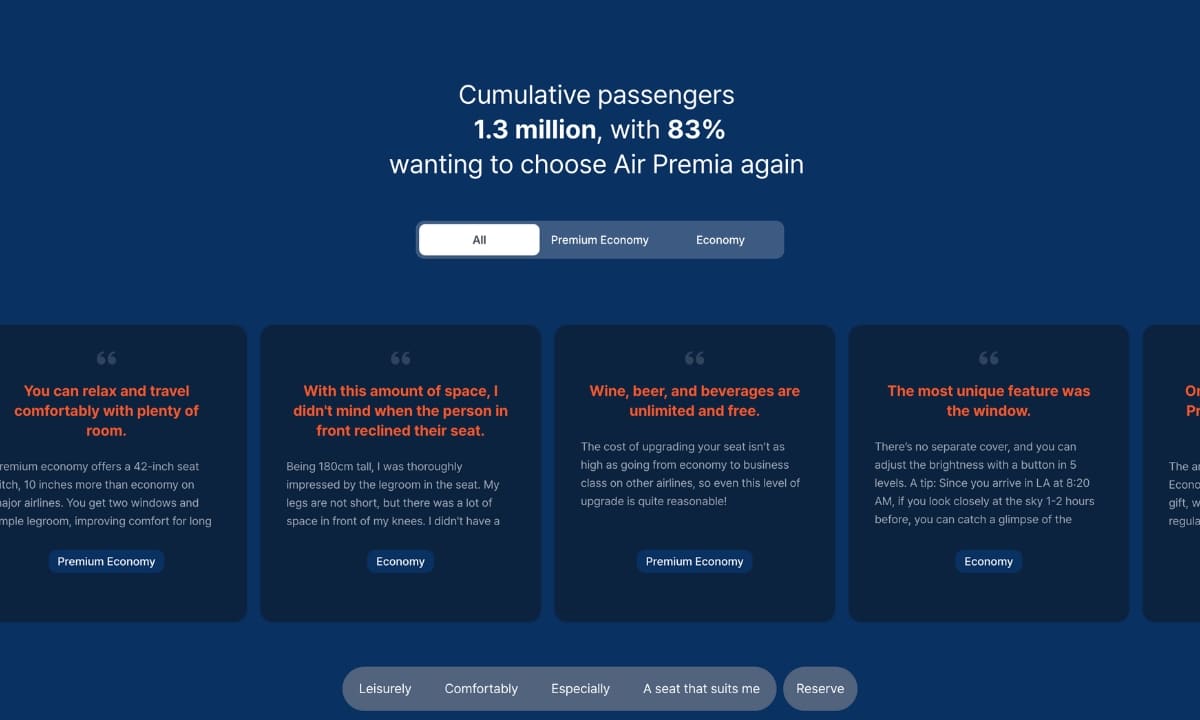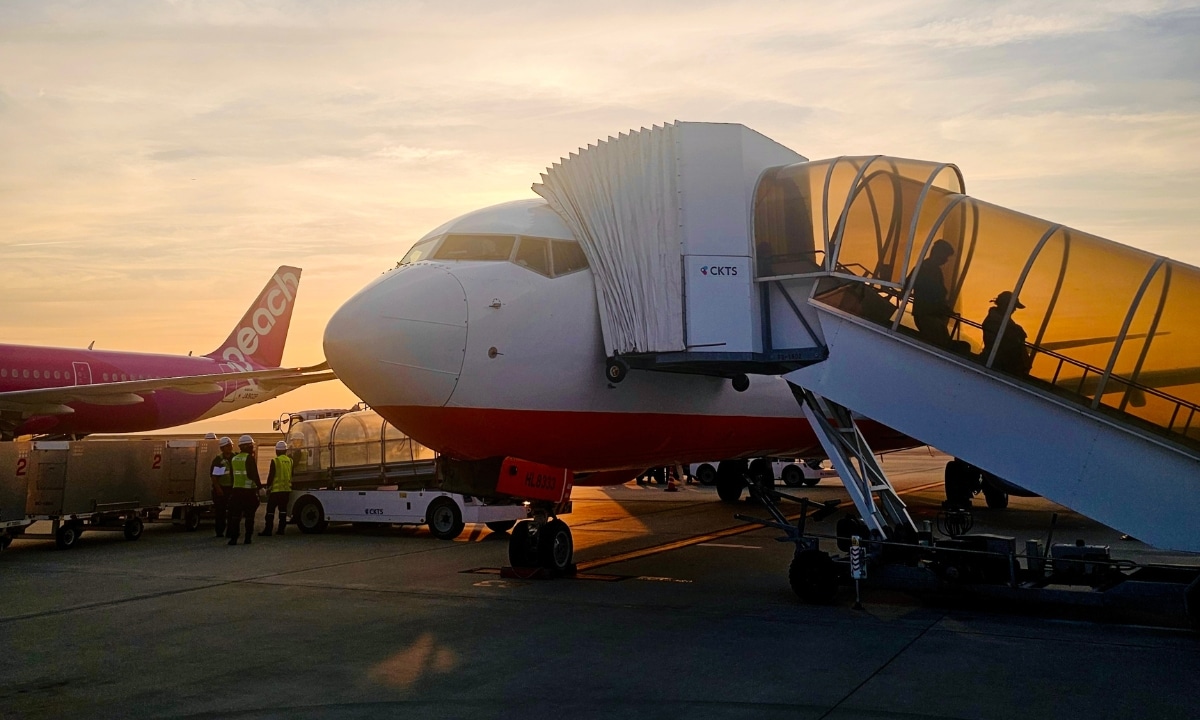The Budget Travel Dilemma
It was the morning of my flight to Korea, and I was more anxious than usual. It was my first time flying a budget airline across the Pacific Ocean. I had always been loyal to Korean Air, or their American affiliate, Delta. But this time around, I had no idea what I was getting myself into. And, as a frequent flier between Korea and the US, a $550 ticket was just too tempting to pass up.
For anyone who’s ever booked a plane ticket, you know the dilemma: the temptation to save big, balanced against a healthy dose of consumer skepticism. AI-generated itineraries and today’s budget travel trends reflect a modern twist on age-old desires. How can we maximize cost versus benefit in order to get the greatest value in return?
Korea’s Expanding Airway Market
Since the mid-2000s, demand for low-cost carriers (LCCs) in Korea has steadily increased. A low-cost carrier (LCC) is an airline that offers lower fares by omitting certain traditional airline amenities and services. They achieve this through streamlined operations, and are often referred to as budget or no-frills airlines.
Popular Korean LCCs include Jeju Air, Jin Air, and T’way Air, Air Busan, and Air Seoul. While they initially focused on domestic routes, these carriers now dominate both domestic and short-haul international travel to destinations like Japan, China, and Southeast Asia.
In recent years, Korean budget airlines have even surpassed the country’s flag carriers in passenger volume, making travel more affordable and accessible than ever. This demand has only grown in the post-COVID era, as travelers seek cost-effective options for both domestic and regional trips.
Overview of Major Korean Low-Cost Carriers
Jeju Air
Jeju Air is Korea’s first and largest LCC. It has a wide network and frequent national and international flights to destinations like Japan, China, Thailand, Vietnam, and the Philippines. However, due to the 2024 bird-strike crash investigation and mixed reviews on customer service, Jeju Air will need to make a lot of improvements to stay competitive to its peers.
Jin Air
Generally reliable with slightly better service than some LCCs, Jin Air is backed by Korean Air. It offers some in-flight amenities, but is often priced slightly higher than competitors.
T’way Air
T’way is known for some of the cheapest tickets available on the market, and is currently expanding its international reach. While it has a decent punctuality history, customers are often left with sparse customer service and minimal amenities.
Air Busan and Air Seoul
Air Busan and Air Seoul are both subsidiaries of Asiana Airlines, and focus on regional routes within Korea. While they are noted to have a better service reputation than ultra-budget competitors, their one down side is their limited network route.
How are Low-Cost Airlines Making the Math Work?
When prices are a steal or too good to be true, we are often left wondering what’s the catch? Here’s a basic run-down on how the LCCs and hybrid airlines make the math work.
Core Cost-Saving Strategies
LCCs are known for high aircraft utilization, meaning their planes fly more hours per day to maximize revenue. They also tend to have quick turnaround times (e.g., faster cleaning, boarding, and departures), which allows for more daily flights. LCCs often operate a uniform fleet, using a single aircraft type. This simplifies operations and helps reduce maintenance and training costs.
Additionally, by flying point-to-point routes (rather than relying on costly hub airports) and using secondary airports, LCCs can minimize landing fees, speed up ground handling, and avoid congestion. However, the lean staffing models that help enable this efficiency can backfire, especially when labor shortages or cuts impact operations.
Optional Pricing Model
With an optional pricing model, base fares are kept low by charging for extras like checked baggage, seat selection, in-flight meals, and early boarding. Travelers only pay for what they need or want to use, maximizing appeal to passengers looking to save money. This way of pricing is often referred to as “no-frills services” (e.g., minimal legroom, no meals) for its lean pricing.
Korea-Specific Factors
Many Korean LCCs (e.g., Jin Air, Air Seoul) are subsidiaries of larger legacy airlines like Korean Air or Asiana. This provides financial stability and shared operational infrastructure, even while running low-cost services.
Market Dynamics: What’s Ahead for Korean LCCs?
As Korean low-cost carriers face growing public pressure to improve safety standards and enhance transparency, many are turning inward to innovate and adapt their pricing and service models. While many LCCs continue expanding internationally, particularly to Southeast Asia and Japan, upcoming mergers between Korean Air and Asiana are expected to bring significant industry changes.
Air Premia: South Korea’s Emerging Hybrid Carrier
While generally making a positive impact, the rise of LCCs has also brought growing scrutiny and skepticism around safety concerns, comfort, stripped-down services, and hidden fees. In the Korean market, consumer loyalty is also shifting toward comfort-driven affordability. This is where hybrid airlines have come in, offering a new model that balances comfort and reliability.
A hybrid airline is a middle ground between LCCs and full-service carriers. Designed to fill the gap between bare-bones LCCs and premium full-service carriers, hybrid airlines respond to growing expectations around safety, service, and overall value.
Founded in 2017, by ex-Jeju Air President, Kim Jong-chul, Air Premia is currently South Korea’s first and only hybrid airline. It officially launched in 2021, and offers affordable fairs with premium touches making it a popular option for many travellers.
Hybrid airlines like Air Premia still follow many LCC cost principles (e.g., fleet simplicity, optional add-ons, efficient ops). However, in contrast to other Korean LCCs, Air Premia charges slightly higher fares for perks like better seats, included meals, and baggage. (I loved that I could bring two checked bags for the price of my ticket.) This “middle-path” strategy aims to strike a better profit-to-value ratio, especially on long-haul routes underserved by traditional LCCs.
Modern Flight Experience
Despite how skeptical and anxious I was to take Air Premia, I was overall really impressed by the quality I received for the price. While I didn’t get as many meals or snacks as I do on other international flights, I was truly impressed by the food quality. The flight attendants often came by with water refills, but if you’re someone who gets really hungry or thirsty on long flights, I would recommend bringing your own snacks or drinks.
The only thing I missed from the flight was the slippers and some of the welcome gifts different airlines give you. However, for the price of my ticket this is something I’m happy to pass on. I’ll just remember to bring a cheap Diaso pair of slippers (aka Korea’s better version of the Dollar Store) to slip into next time.
Given that Air Premia is relatively new to the market, it also allows passengers the chance to take newer, modern, and fuel-efficient aircrafts. This might sound silly, but one of the things that most surprised me was the windows. Instead of manual shades, all the windows were electronically dimmable. I truly felt like I was in a spaceship.
Safety is a Priority
Since its launch, there have been no major safety incidents. Korea’s Ministry of Land, Infrastructure, and Transport has ranked Air Premia as #2 in safety among Korean airlines. The single aircraft type helps ensure maintenance consistency and smoother operations.
On my recent Air Premia flight, I was surprised by how many turbulence warning announcements were made. While at the time, it was mildly annoying, later learning about Air Premia’s adoption of the IATA’s Turbulence Aware system in 2025 actually put my mind at ease. Any airline that prioritizes safety is top of my list.
Air Premia Pros and Cons
While I loved my first Air Premia experience, I recognize no airline is perfect. Sometimes a flight experience also just boils down to luck, timing, and external conditions outside of anyone’s control. Before you book with Air Premia, here are some final pros and cons to keep in mind:
Pros
- Modern, fuel-efficient aircraft
- Generous legroom and comfort
- Seat selection
- Personal entertainment screen (right now only Korean movies and dramas, but includes English subtitles)
- In-flight meals
- More generous baggage allowances (e.g., two free checked bags)
Cons
- Limited route network (with plans to expand in the next nine years)
- No domestic flights within Korea
- Low flight frequency on some routes
- No lounge access or loyalty program (yet)
- Not in an airline alliance
How-to Tell a Good Budget Airline from a Bad One
Review Safety Records and Audits
While all Korean airlines must comply with the Ministory of Land, Infrastructure, and Transport (MOLIT) regulations, recent incidents like the Jeju Air Flight 2216 crash have increased public concern. For your own piece of mind, we recommend the following:
- Avoid airlines that don’t participate in global safety audits.
- Check third-party safety audits and certifications:
-
- ICAO Safety Audits
- IATA IOSA (Operational Safety Audit) Certification
- AirlineRatings.com evaluations
-
- Researching if airlines have frequent operational issues or mechanical delays.
- Checking an airline’s public pilot rest and crew scheduling policies, and looking out for consistent issues like pilot fatigue.
- Compare the fleet age and maintenance practice across airlines. Newer aircraft are typically more fuel-efficient and safer (e.g., Air Premia uses Boeing 787-9 Dreamliners)
Know the Airline’s Ownership and Reputation
In Korea, many LCCs are subsidiaries of major carriers. Jin Air, for example, is a subsidiary of Korean Air, and Asiana Airelines owns a major stake in Air Busan. Backing from a full-service airline often brings better maintenance standrds and more stable operations.
Look for Transparency in Flight Policies
Before booking a flight make sure the airline has clear policies on cancellations and delays, baggage, and ticket changes. Avoid carriers with reputations for hidden fees, lack of third-party oversight, and poor communication.
Read Passenger Reviews and Experiences
It’s always a good idea to get in the habit of reading customer reviews before making a purchase, and booking a flight is no exception. Check platforms like Google Reviews, TripAdvisor, and Korean websites like Naver and Daum blogs. Pay close attention to reoccuring complaints, and look for insights on the following:
- Smooth booking and service
- On-time performance
- Cleanliness and cabin condition
- Staff professionalism and communication
- Customer service responsiveness
- Spacious seating, accessibility, etc.
Choosing the Right Airline for Your Trip
While Korean LCCs remain a strong option for short-haul and domestic travel, emerging hybrid airlines like Air Premia offer greater comfort at still-affordable prices. As Korea’s aviation market continues to evolve post-pandemic, the focus is shifting from ultra-budget fares to value-for-money experiences.
With rising safety concerns, many consumers are reevaluating their flight priorities. When choosing an airline, it’s important not to base your decision on price alone. Doing a bit of homework can ensure a safer and more satisfying trip. Before booking, consider:
- Total cost (including baggage, seat selection, and meals)
- Flight duration and your comfort needs
- Airline safety records and fleet age
- Passenger reviews and service quality
- Accessibility
Admittedly, I went into my first Air Premia experience a bit blind, guided only by a few things I’d heard from friends or skimmed online. While I came away pleasantly surprised (and honestly, pretty impressed), I know next time I’ll want to be a little more informed.
Having now flown with almost all of Korea’s LCCs and its first hybrid airline, I’ve learned that being a more informed traveler can ease a lot of pre-flight anxiety. So, I can focus less on the flight itself, and more on the journey and the destination ahead.

